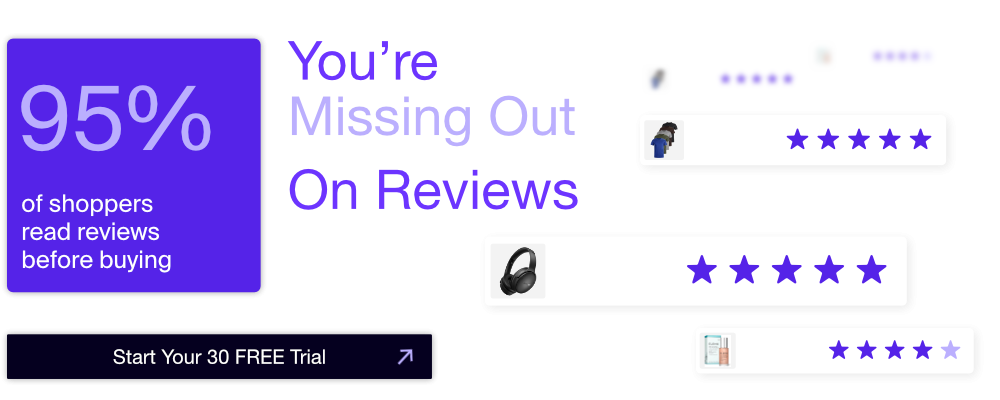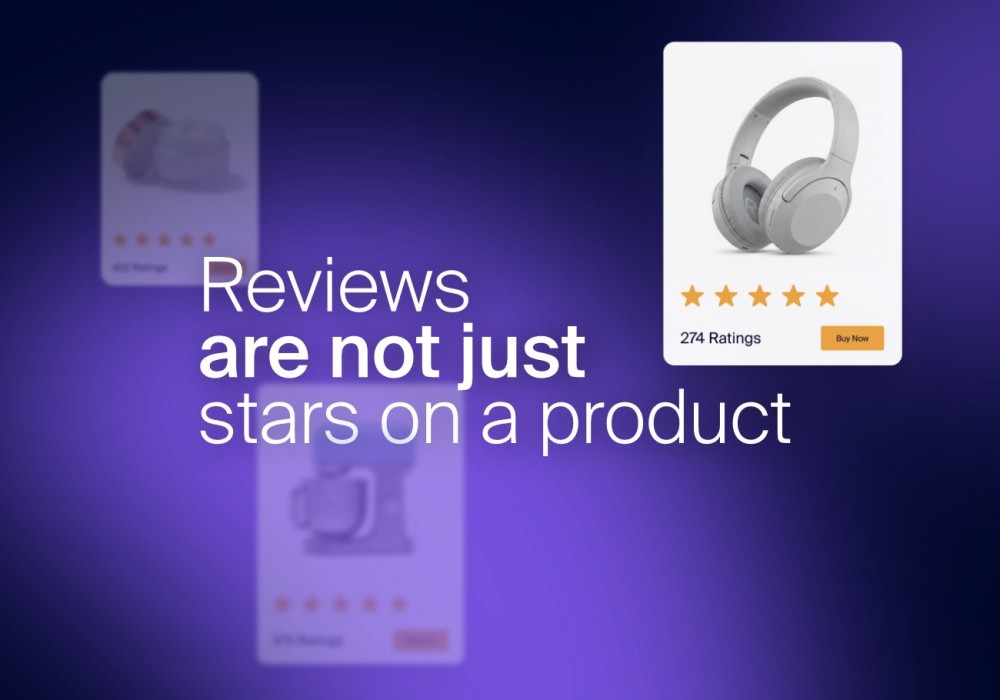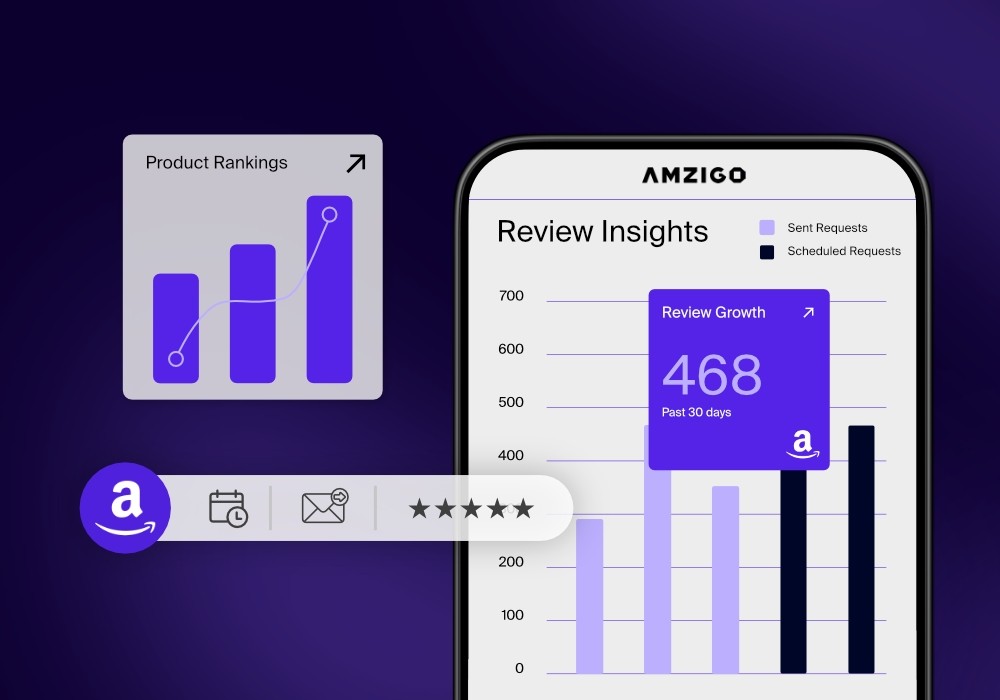Amazon shoppers rely on one thing above all else when making purchasing decisions: reviews. A staggering 95% of customers read reviews before buying a product on Amazon. In fact, reviews have become the most trusted and influential element in a shopper’s decision-making process, surpassing even price and brand.
This trend has only intensified between 2020 and 2025, with shoppers now more informed, critical, and review-driven than ever before. For sellers, this presents a major opportunity—but also a challenge. To stand out, sellers must actively cultivate reviews and build credibility in a marketplace where trust is everything.
Reviews Influence Nearly Every Amazon Purchase
Consumer behavior data from 2023 and 2024 makes one thing clear: almost every Amazon shopper reads reviews. Multiple studies confirm this:
- 94–95% of shoppers read reviews before purchasing.
- 93% say reviews are the most important factor—above price, brand, or imagery.
- 45% of shoppers refuse to buy a product if it has zero reviews.
Amazon is no longer just a product marketplace—it’s a review platform where social proof drives sales. Buyers trust what other customers say far more than what a brand says. That’s why sellers with more reviews, particularly verified ones, enjoy higher conversion rates and stronger Buy Box positioning.
Why Reviews Matter More Than Ever (2020–2025 Trends)
The past five years have seen a shift not just in how many people read reviews—but how they read them. Consumer habits have evolved:
- 91% of online shoppers read reviews regularly (up from 79% in 2020).
- During the pandemic, review engagement rose 89% as shoppers became more reliant on online input.
- 98% of shoppers in 2023 described reviews as “essential” to buying decisions.
Amazon shoppers aren’t just glancing at star ratings anymore. They analyze review sentiment, read verified purchase tags, filter by keywords like “fit,” “battery,” or “smell,” and actively hunt for both the best and worst feedback. Shoppers want transparency, nuance, and authenticity.
Impact by Product Category
Not all categories are equal when it comes to review reliance. Some shoppers won’t buy high-ticket or technical items without combing through dozens of reviews.
Product Category & % of Shoppers Who Rely on Reviews
Electronics -95%
Appliances - 87%
Health & Beauty - 83%
Computers - 81%
Clothing - 75%
Shoes - 68%
Home & Garden - 67%
Toys - 54%
Groceries - 42%
Baby Products - 40%
Electronics, appliances, and health products are among the most review-sensitive categories. Even in fast-moving consumer goods like groceries, a significant portion of buyers still read reviews—highlighting how universal review behavior has become.
How Shoppers Use Reviews Today
Today’s Amazon buyer doesn’t skim—they dig deep. Key behaviors include:
- Reading negative reviews to assess worst-case scenarios (96% of buyers do this).
- Prioritizing “Verified Purchase” tags, especially for high-cost items.
- Evaluating review recency—newer reviews carry more weight than those written years ago.
- Searching within reviews using keywords to find relevance (e.g., “true to size,” “battery life”).
Consumers know fake reviews exist. They compensate by cross-checking sentiment, focusing on patterns, and ignoring suspiciously perfect listings. That’s why a mix of glowing, neutral, and critical reviews creates more trust than a wall of 5-star ratings.
Trust and Skepticism Go Hand in Hand
Trust in reviews remains high—but it’s informed trust. Despite media attention around fake reviews (estimated at 42% of total reviews in 2020), consumers continue to trust Amazon reviews when certain credibility signals are present:
- Verified Purchase
- Balanced sentiment (not all 5-stars)
- Volume of reviews (51+ is a key milestone)
- Review recency (within the last 3–6 months)
Amazon’s own anti-fraud efforts—like lawsuits against fake review brokers and AI-powered review summaries—have helped maintain shopper confidence. But sellers must recognize that shoppers are more discerning than ever.
What Sellers Must Do to Build Buyer Credibility
If 95% of shoppers are reading reviews, the question is: what are they reading about your product?
Here’s what sellers must do to stand out:
- Automate Review Requests
Consistently gather fresh reviews using automated tools. A steady stream of reviews builds recency, credibility, and trust. Aim for at least 10–15 new reviews per month for active products. - Focus on Verified Reviews
Verified Purchase reviews carry the most weight. Use Amazon’s official review request feature and post-purchase email flows to drive verified feedback. - Respond to Seller Feedback
While you can’t respond to product reviews directly, you can and should reply to seller feedback. This shows customers that you’re engaged and attentive to issues. - Monitor Review Sentiment
Look for recurring complaints and fix them. Shoppers pay close attention to patterns in 1-star reviews. Addressing common issues (packaging, instructions, sizing) can improve long-term perception. - Highlight Customer Sentiment
Tools like AI-driven review summaries (now on Amazon detail pages) mean that common customer language becomes your brand message. Use language from top reviews in your listings and ads to reinforce what buyers already value. - Build Review Volume
There’s a tipping point in conversion once a product crosses ~50 reviews. If your product is sitting at 12 reviews and your competitor has 300, you’re already at a trust disadvantage. - Avoid Manipulative Tactics
Don’t pay for reviews or incentivize them—Amazon strictly prohibits this and shoppers are quick to spot fake praise. Authenticity wins.
Conclusion
Nearly every Amazon shopper now treats reviews as a core part of their purchase process. Whether it’s a £10 kitchen gadget or a £500 tablet, the review section shapes buyer trust. That’s why 95% of Amazon users won’t purchase without reading at least a few.
Sellers who embrace this reality, build review volume, encourage verified feedback, and adapt based on sentiment insights are the ones who will thrive. In a review-driven marketplace, credibility isn’t optional—it’s everything.




